Now that the RTX 5090 is official, many of you are likely wondering how it compares to the RTX 4090. After all, Nvidia‘s current gen GPU has been sitting pretty on the GPU throne since 2022, and even top end AMD cards haven’t managed to usurp its position. However, its extremely likely that it’ll finally lose its crown to the green team’s new Blackwell contender, especially since it’s packing new AI tricks.
Even the phrase RTX 5090 vs RTX 4090 sounds a bit vicious, but Blackwell is a successor rather than a rival. The new Nvidia card is specifically designed to replace the Lovelace flagship, a tradition that has taken place every generation since the Nvidia 256 back in 1999. However, that doesn’t mean the fresh GPU will universally better, as while it boasts elevated specs on paper, there’s more to this match than brute performance.
To properly put things into perspective, I’m going to run you through RTX 5090 vs RTX 4090 in terms of price, specs, and features. That way, you’ll know whether you should buy the RTX 5090, consider another model, or even try and grab the last-gen Lovelace card if prices happen to drop in the months ahead.
RTX 5090 vs RTX 4090: TLDR comparison
Nvidia GeForce RTX 5090
- $1,999 / £1,939 MSRP
- 21,760 CUDA cores
- 32GB GDDR7 VRAM
- 575W TDP
- DLSS 4
Nvidia GeForce RTX 4090
- $1,499 / £1,499 MSRP
- 16,384 CUDA cores
- 24GB GDDR6X VRAM
- 450W TDP
- DLSS 3.5
RTX 5090 vs RTX 4090: Price
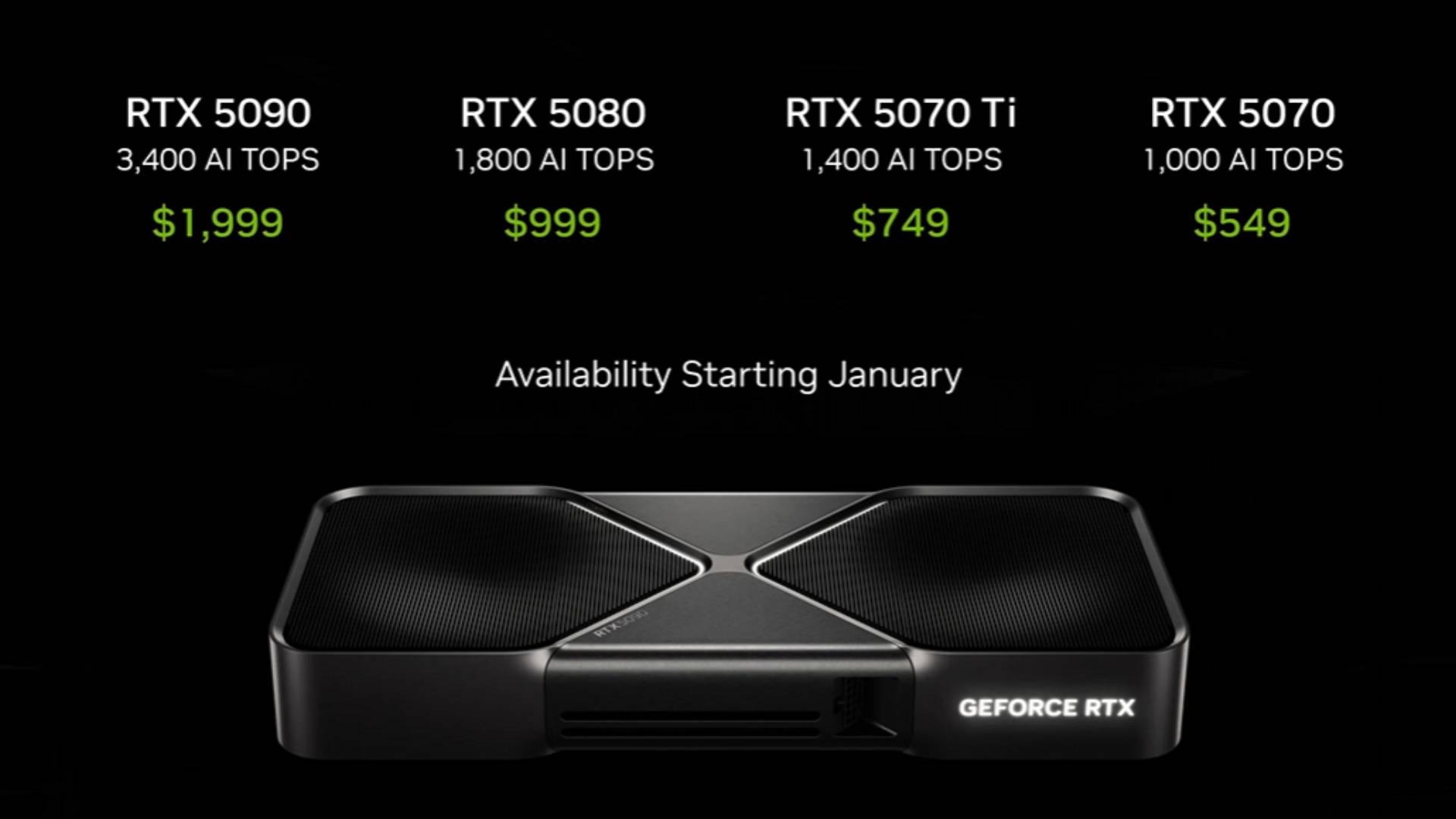
The RTX 5090 is set to arrive on January 30 for $1,999, whereas the Founder’s Edition RTX 4090 retails for $1,499. At face value, you’re paying $500 more this generation for Nvidia’s flagship compared to 2022, but the increase can be attributed to inflationary changes and technical enhancements.
Of course, these MSRPs don’t apply across the board, and custom RTX 5090 will likely come with a much higher asking price. At the same time, there’s a chance RTX 4090 stock will start to receive a price cut, meaning you’ll pay even less for the former flagship. Whether or not those discounts are worthwhile fully depends on how the RTX 4070 and RTX 4080 perform in benchmarks, as CEO Jensen Huang says the former boasts 4090 levels of performance for $549.
If you’re looking for a GPU that’ll provide uncompromised performance throughout the generation ahead, the RTX 5090 will do so for $1,999. The same can’t be said for the RTX 4090 since the new flagship will boost fps further at 4K, but if you can get one for cheaper than something like the RTX 5080, it could be a winner in terms of price. Again, that hinges on how mid-range Blackwell GPUs perform, as the Lovelace card could be end up worse value.
RTX 5090 vs RTX 4090: Specs
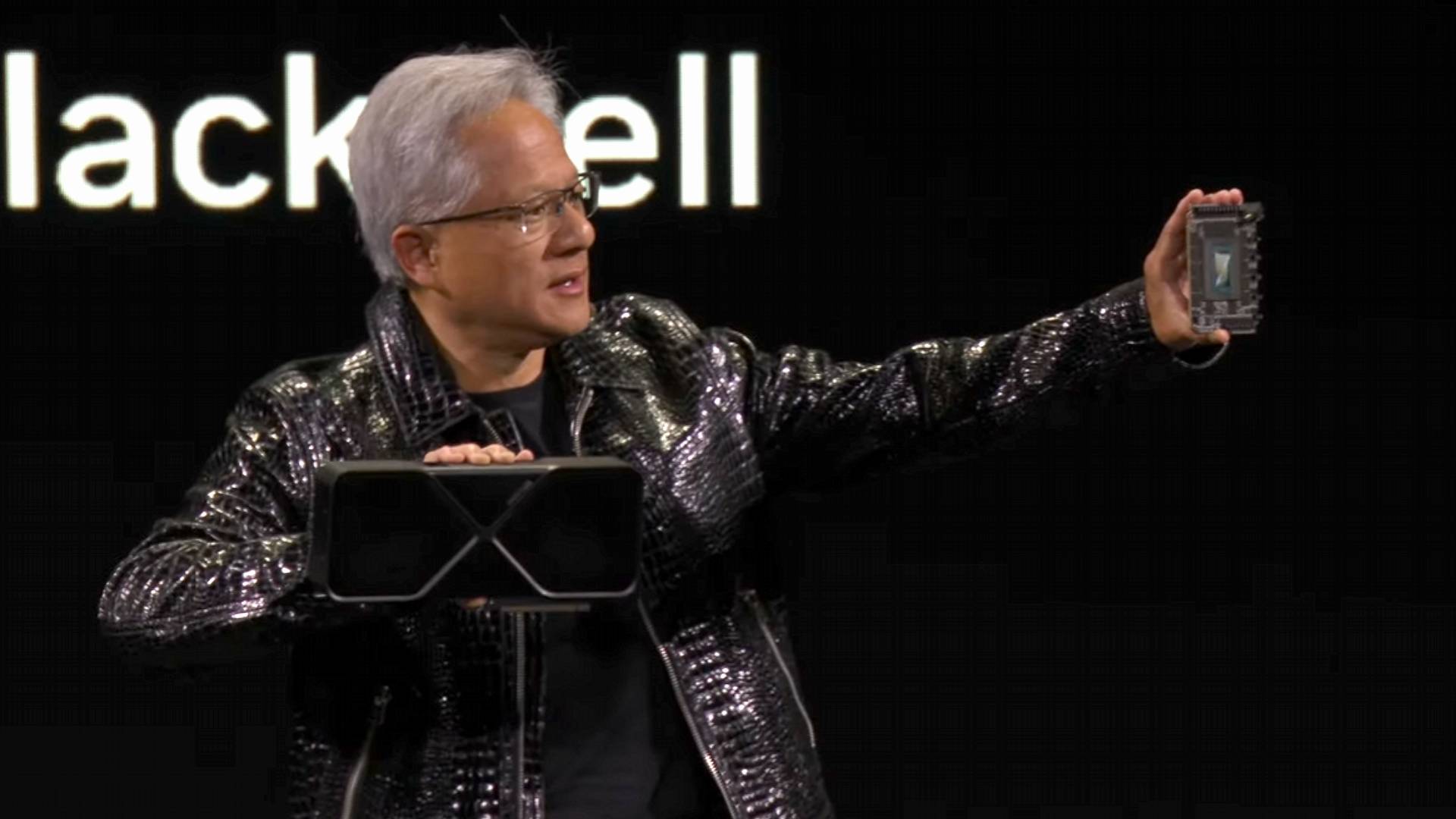
For many, specs will be the main point of comparison between the RTX 5090 and RTX 4090. That makes sense given that the Blackwell GPU will use a shiny new architecture paired with 32GB of faster GDDR7 VRAM and enhanced AI abilities, but it’s worth noting that on-paper figures don’t always translate performance-wise.
I’d advise waiting for my RTX 5090 review if you want a true idea of how the above specs compare to the RTX 4090. I’ll be sure to return here with some comparative benchmarks after that too, but even before we get to that point, the Blackwell graphics card is packing serious specs under the hood that will impact frame rates.
For starters, the RTX 5090 has 21,760 CUDA cores versus 16,384 on the RTX 4090. Those extra units go a long way in improving rendering performance and generally speeding things up, which should result in a boost in capacities over and above the 4090.
RTX 5090 boost clock speeds are technically lower, coming in at 2.41 GHz versus 2.52 GHz with the RTX 4090. That might lead you to believe the new card is somehow slower, but an increased CUDA core count and enhanced architecture give Blackwell an edge regardless.
The 32GB GDDR7 VRAM in the RTX 5090 is not only an increase over the 4090’s 24GB GDDR6X offering, but the modules are up to 33% faster and 20% more power efficient. The upgrade will help Nvidia’s card better deal with heavy rasterization and ray tracing workloads, and should help playing games at 8K become more viable.
As for power, the RTX 5090 comes with a 575W TDP, and Nvidia recommends using a 1,000W PSU for your entire system. That’s a big leap over the 4090’s 450W requirements, so you might end up needing to upgrade your power supply if you go next-gen.
RTX 5090 vs RTX 4090: Features
AI upscaling is absolutely the secret sauce when it comes to both the RTX 5090 and the RTX 4090, and the former will launch with brand new DLSS 4 tricks. Not only will the toolkit help Blackwell GPUs boost fps even further using new “Multi Frame Generation” abilities, but it’ll also use something called “Transformer.”

Nvidia’s Bryan Catanzaro provides a full rundown of DLSS 4 in the video above, but Transformer is the same model used by the likes of ChatGPT, Flux, and Google Gemini. It effectively aids elements like temporal stability and anti-ghosting to provide a more seamless upscaling and Frame Generation experience, meaning you’re less likely to notice any visual hiccups that break immersion.
During the Nvidia CES 2025 keynote, Jensen Huang also claimed that Blackwell GPUs can generate 33 million pixels using just 2 million pixels worth of data and new AI abilities. The event included a “real-time computer” graphics example that showed off hyper-detailed textures and ray tracing on every pixel. The AI basically predicts visual data that hasn’t been rendered yet, in turn increasing performance by lightening GPU workload.
Okay, so how does that impact games? Well, Nvidia uses Cyberpunk 2077 in a DLSS 4 demonstration in one of its examples. In a side-by-side clip, the feature boosts 4K frame rates to 245fps versus 142fps using DLSS 3.5. That’s the version available to the RTX 4090, so you can count it as a reason to go for a Blackwell card over Lovelace.
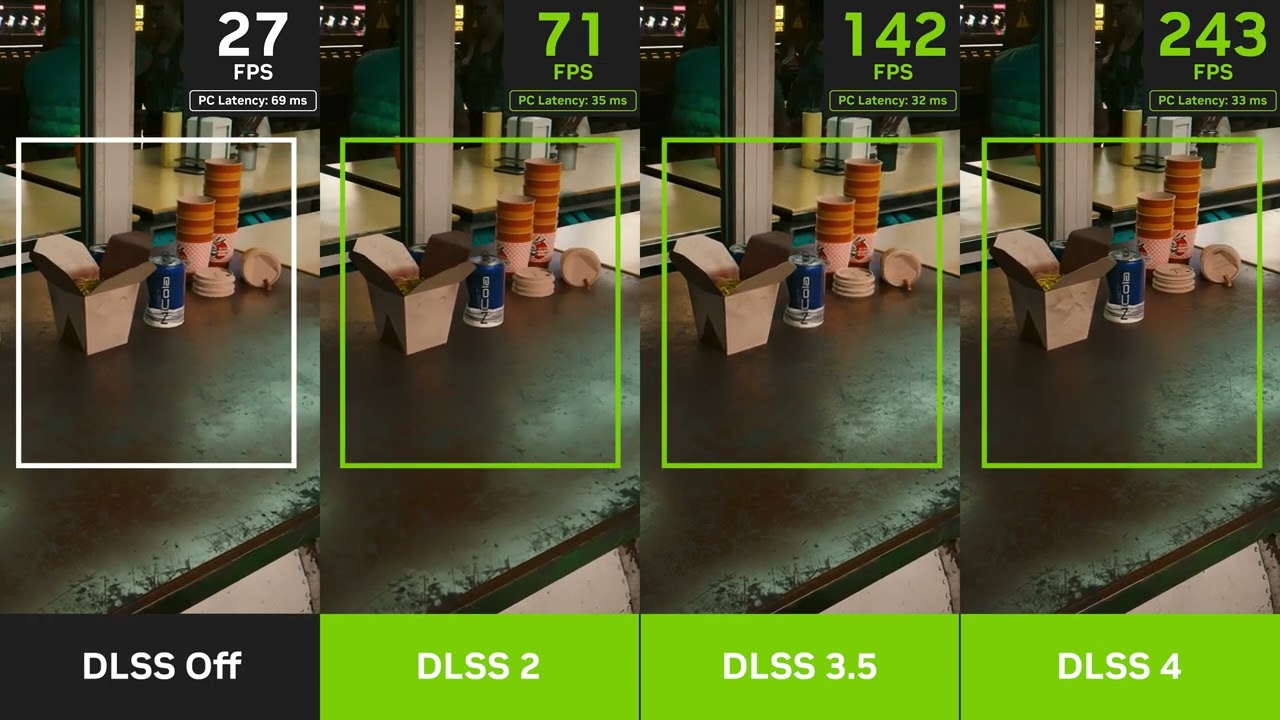
If you’re into shooters, you’ll be pleased to hear the RTX 5090 will use Reflex 2 – the latest version of Nvidia’s latency-busting tech. It’ll come armed with a feature dubbed “frame wrap” that seemingly improves results dynamically using mouse input information and calculating camera positions. Using The Finals for a visual example, the GPU giant claims thew new tech will reduce latency from 27ms using OG Reflex compared to just 15ms with the new version, adding up to an overall 75% reduction compared to native results.
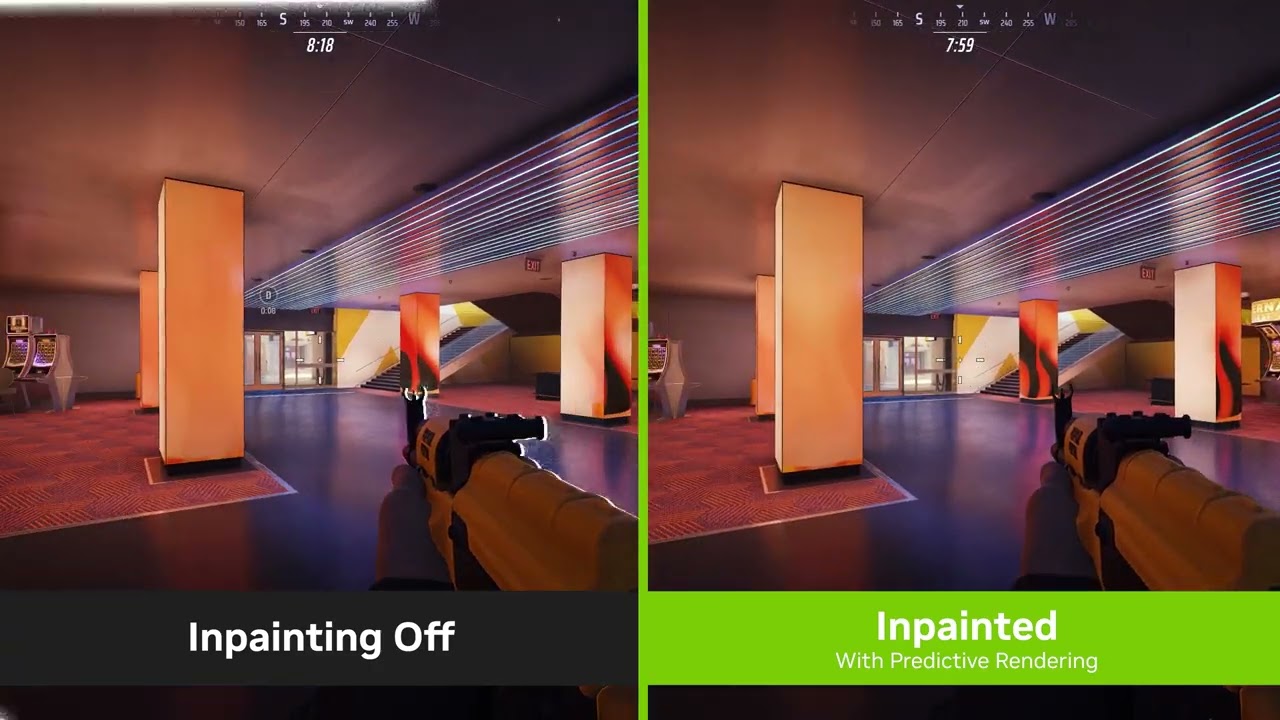
RTX 5090 vs RTX 4090: Which GPU should you buy?
On paper, the RTX 5090 beats the RTX 4090 in terms of performance and features, but I’ll want to get hands-on with Blackwell before recommending it over Lovelace. Once I’ve got benchmarks and frame rates in hand, I’ll be able outline whether it’s worth spending $500 more on the latest model or trying to get the last-gen card for cheaper.
It’s important to stress that the RTX 5090 and 4090 aren’t equivalents, and it’s more likely that lower-class cards will outpace the previous flagship. Nvidia says the RTX 5070 will boast 4090 levels of performance, and while that might be thanks to AI upscaling and DLSS, it still means it’s more of a rival to the previous frontrunner.
Of course, I’ll also be looking to see how AMD’s eventual RDNA 4 challenger holds up against the RTX 5090. However, seeing as the red team glossed over its graphics options during its own keynote, and has only publicly mentioned a lower-spec Radeon RX 9070 option so far, we might have to wait a little bit.
Putting together a new rig? Swing by the best CPU for gaming and best RAM for more parts. Alternatively, take a peek at the best Alienware gaming PCs that are already primed for take off.
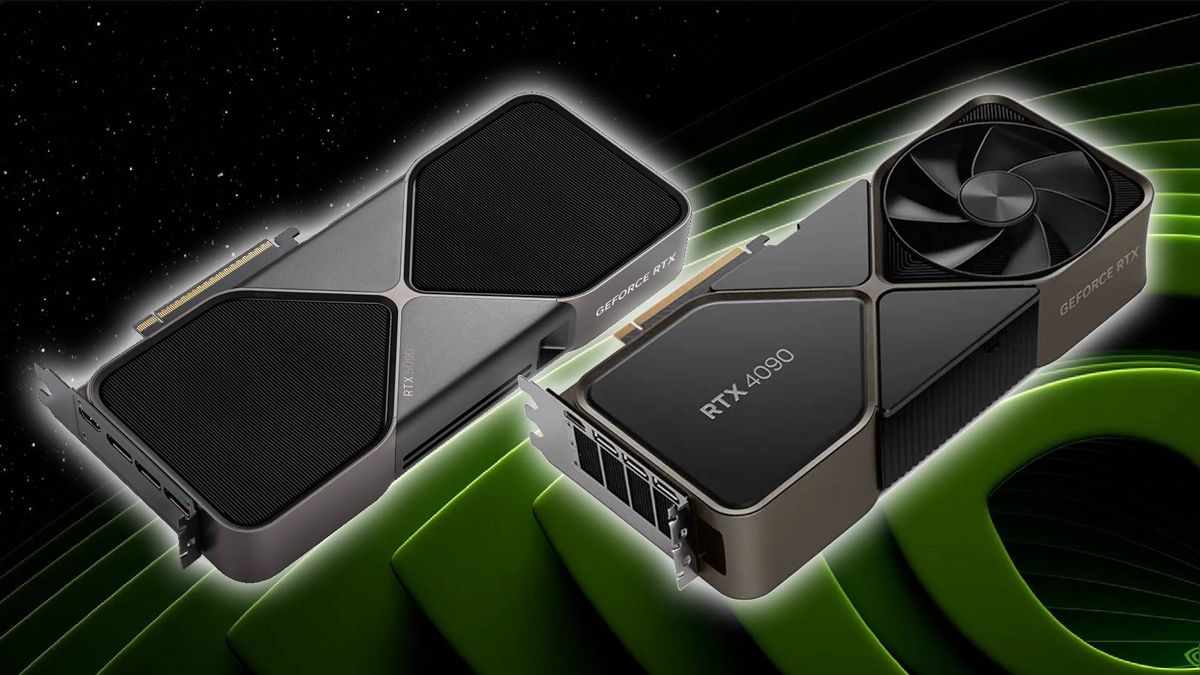
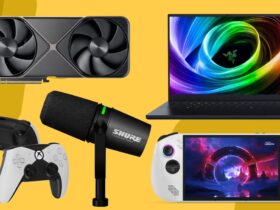



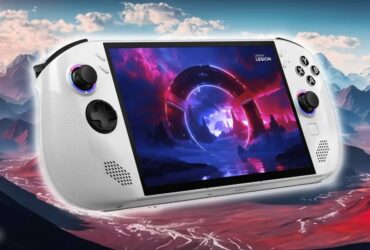
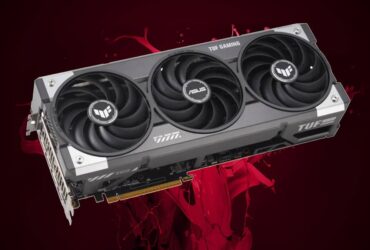

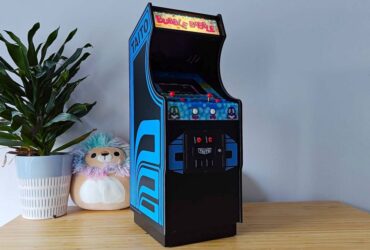
Leave a Reply